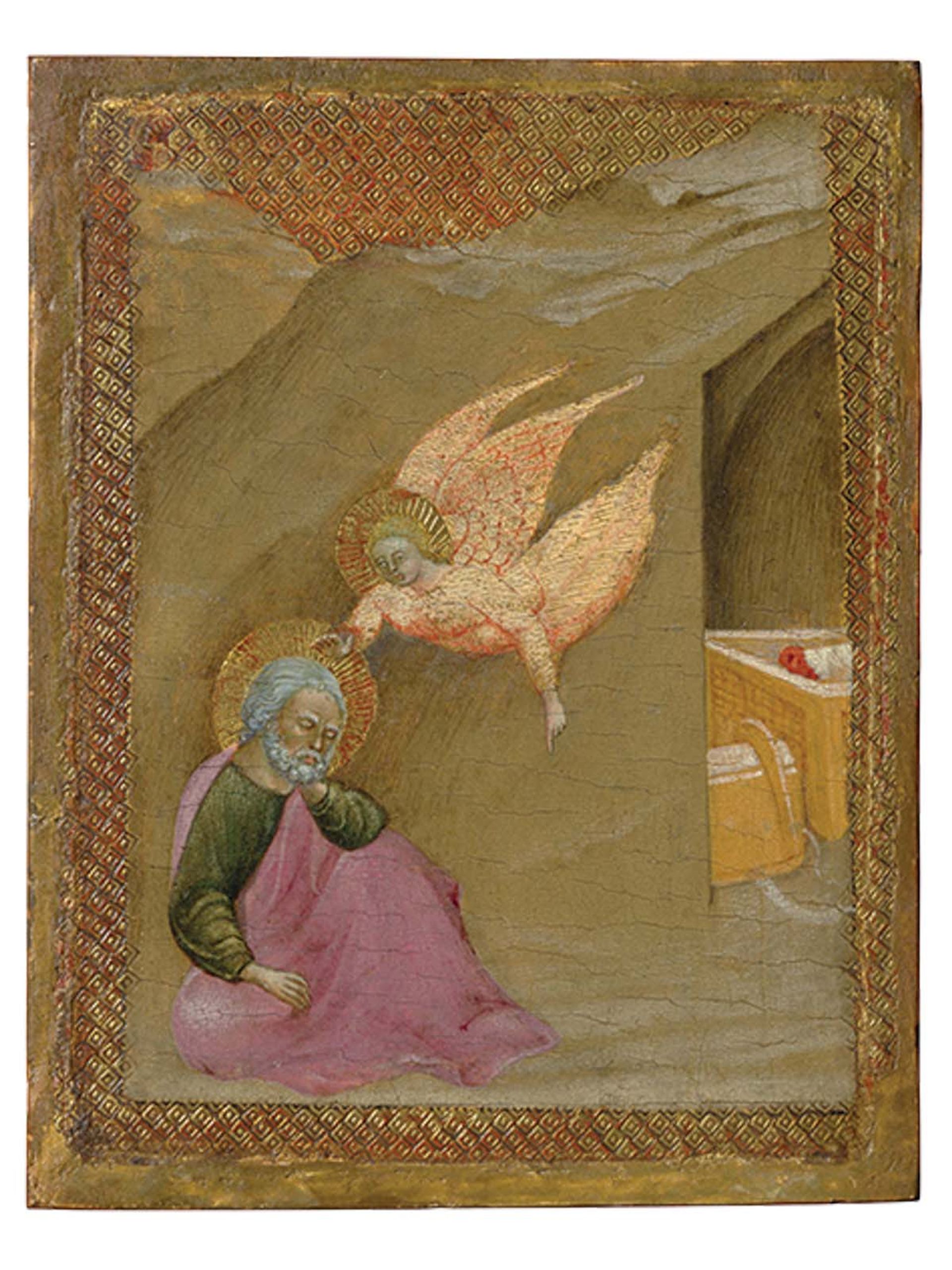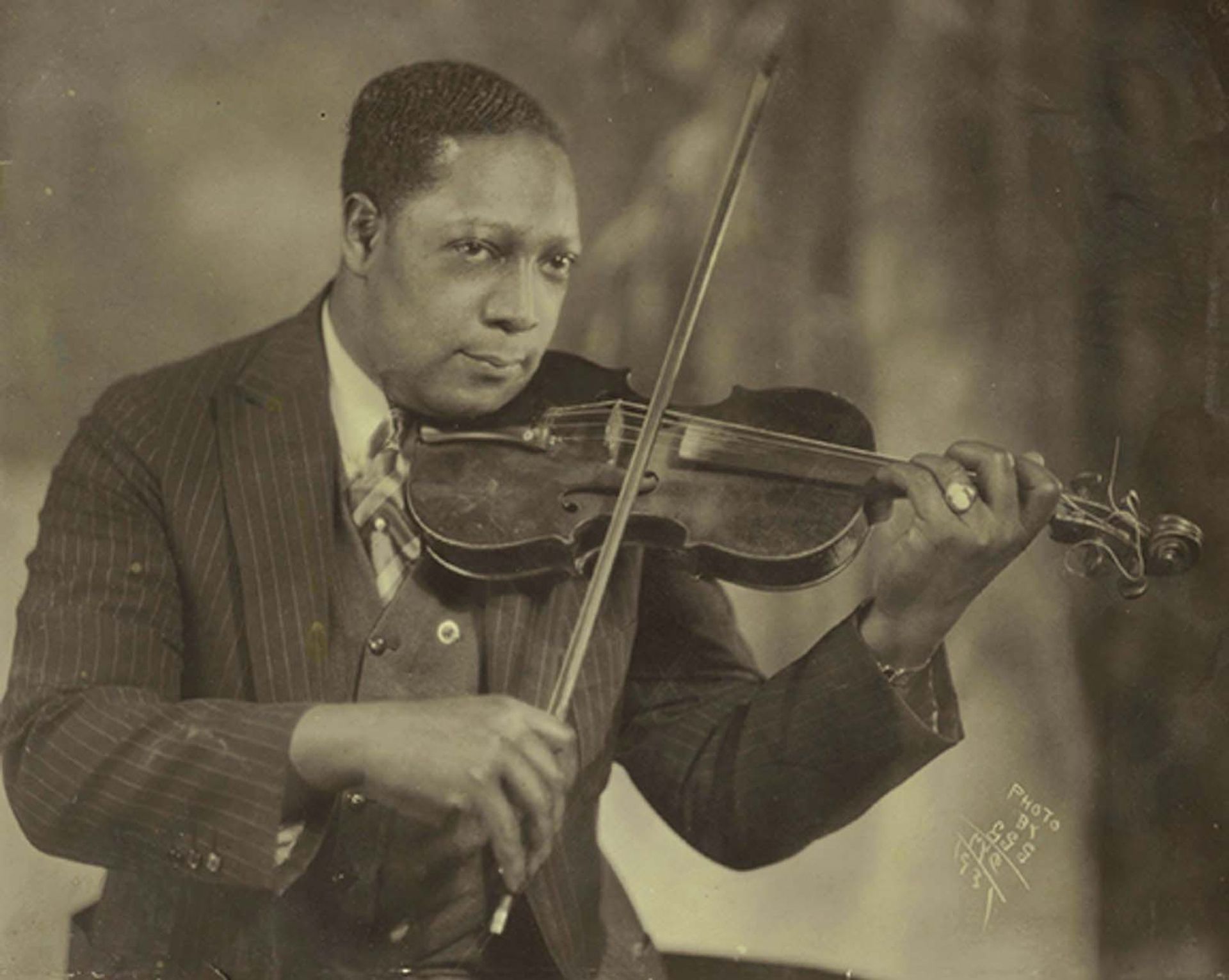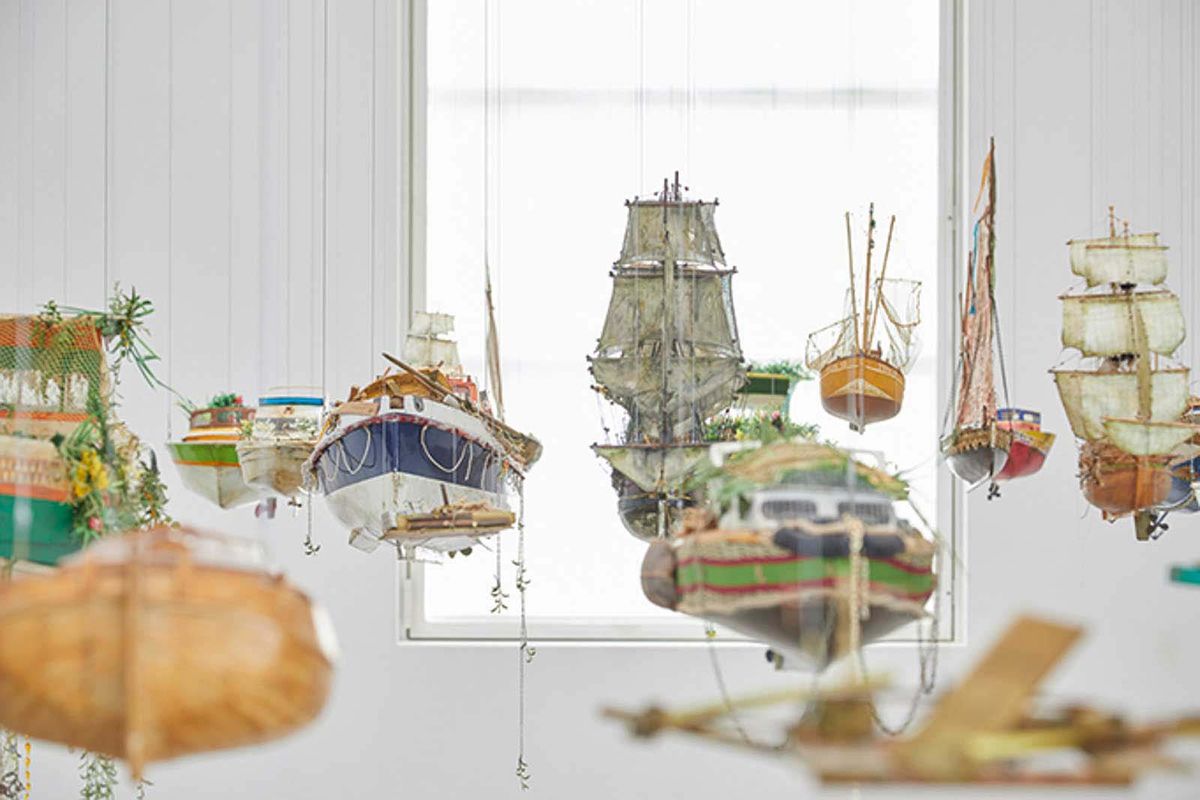Hew Locke’s Armada (2019)
Tate, London
With support from the Art Fund, Tate has purchased an installation by the Guyanese-British artist Hew Locke of 45 votive boats—inspired by the model ships traditionally displayed in churches to give thanks for safe passage at sea. Intended to hang from the ceiling, the flotilla ranges from found plastic figurines to carved wooden pieces embedded with jewels. Other adornments include military badges and coins, evoking themes of imperialism and migration that recur in Locke’s work. The installation was first shown at the artist’s 2019 solo exhibition at Ikon Gallery, Birmingham, although some individual boats were displayed at the Diaspora pavilion at the 2017 Venice Biennale. Armada will go on view at Tate Liverpool on 14 February, before Locke unveils a major new commission at Tate Britain in London on 22 March.

Photo: Herve Lewandowski © Musée du Louvre
The Dream of Saint Joseph (1430-40) by the Master of the Osservanza
Musée du Louvre, Paris
The Friends of the Louvre have purchased this tempera and gold leaf on panel painting from the G. Sarti Gallery with support from the collector Michel David-Weill, as a gift in memory of its former director Michel Laclotte, who died in August. Laclotte spent most of his career trying to identify the Master of the Osservanza, a name given to the anonymous 15th-century Sienese artist allegedly responsible for this work. The Louvre curator Thomas Bohl says the new acquisition “completes our collection of Sienese paintings from the Quattrocento” and stands out for its unusual iconography. Previously considered a generic depiction of an angel coming in a dream to a saint, the subject was interpreted as Joseph by Keith Christiansen at the Metropolitan Museum of Art.

© James Van Der Zee Archive, The Metropolitan Museum of Art
Photography archive of James Van Der Zee
Metropolitan Museum of Art, New York
James Van Der Zee, the Harlem studio photographer (and one-time aspiring violinist, pictured in Self-Portrait, 1931) who was ignored by the established art world throughout his career, is the first Black photographer to have his archive posthumously housed at the Metropolitan Museum of Art (and only the third photographer after Walker Evans and Diane Arbus). His portraits capture an emergent Harlem middle class as well as Black luminaries including Mamie Smith and Muhammad Ali. He also took his camera to Harlem’s streets and is celebrated for images of Marcus Garvey’s rallies for the Universal Negro Improvement Association. The archive comprises around 20,000 prints, 30,000 negatives, studio equipment and ephemera.


